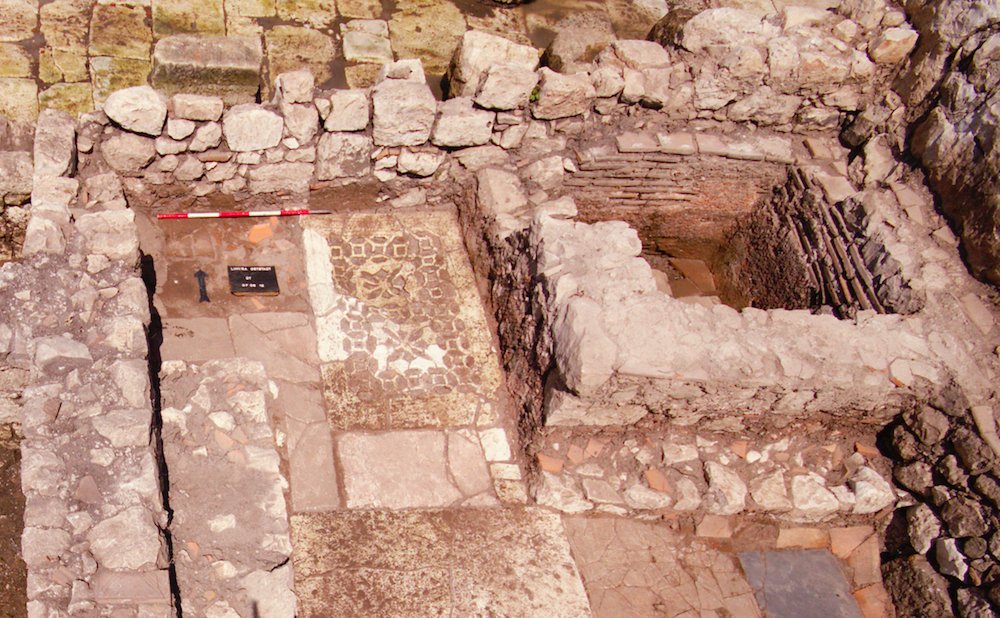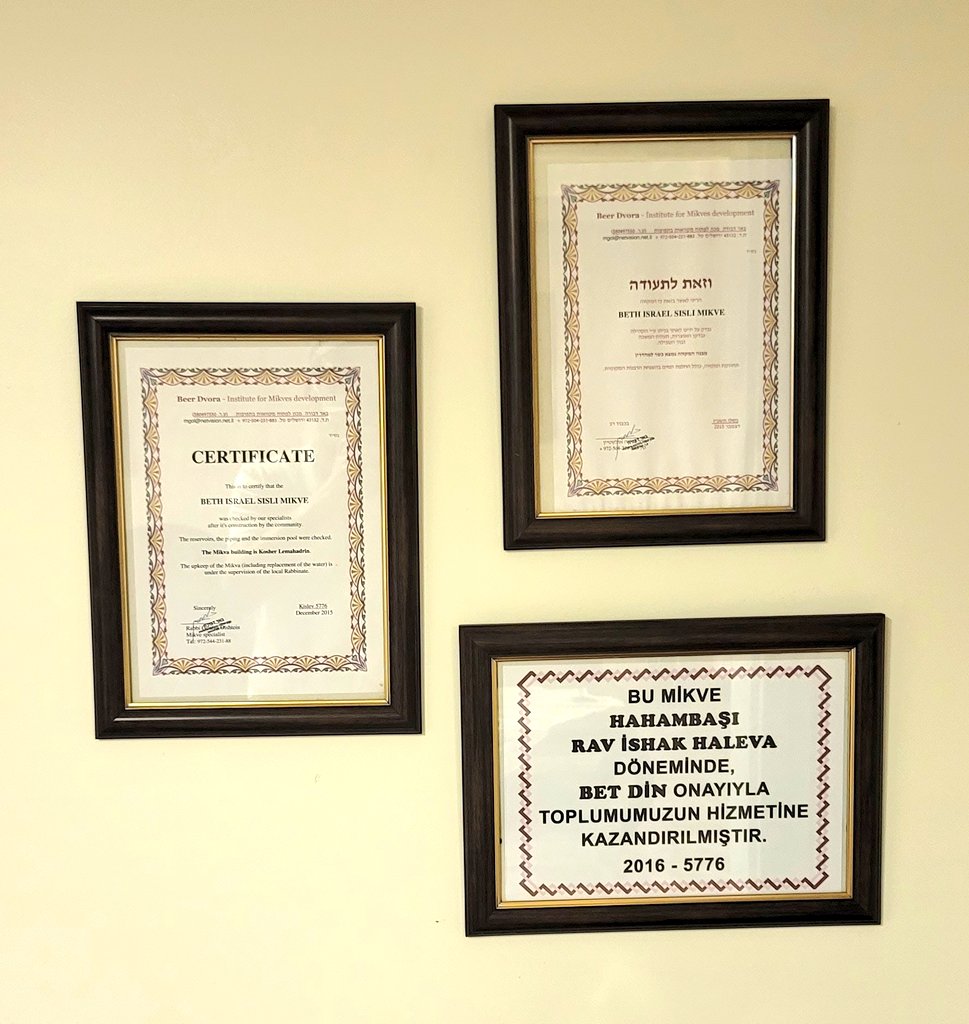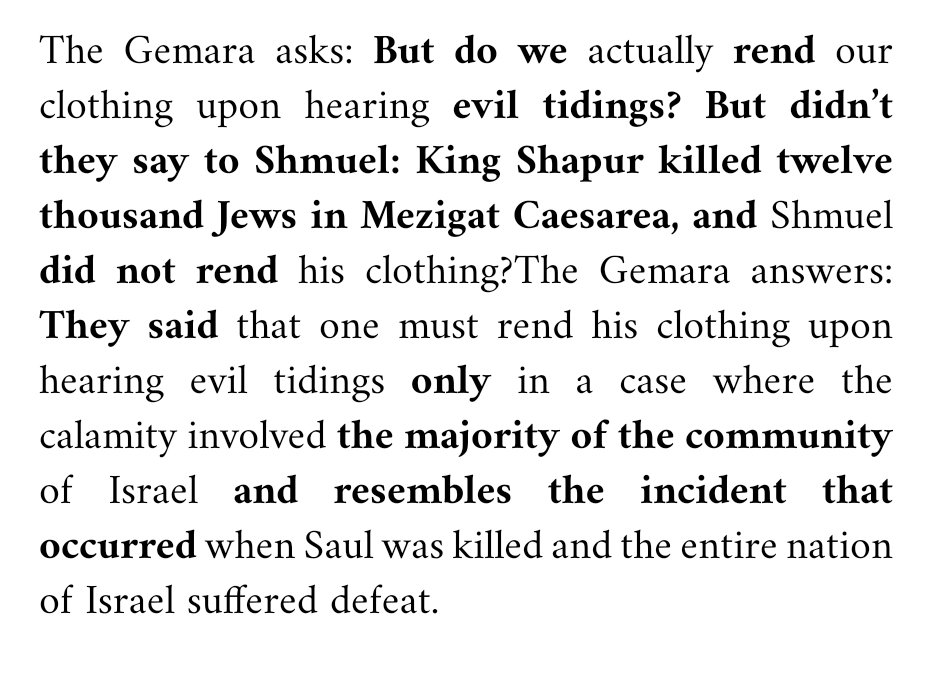
It is customary for men to immerse in a Mikve before Yom Kippur - for lack of time on the eve of Yom Kippur - here is a little bit about Mikve's of Turkey...
When we visited Kilis on the #TurkeyJewishRoadtrip at Mehmet and Büşra's house we were told about the Mikve in the Hamam:

When we visited Kilis on the #TurkeyJewishRoadtrip at Mehmet and Büşra's house we were told about the Mikve in the Hamam:


The 500 year old Eski Hamam served all inhabitants of Kilis - including the Jewish population, who used the Mikva, located in a dedicated room, in specific hours of the day...
See here about our #TurkeyJewishRoadtrip visit to Kilis:

See here about our #TurkeyJewishRoadtrip visit to Kilis:
https://twitter.com/mchitrik/status/1425754511524646915?s=19

Having a Mikve in a Hamam, where hot water and comfortable warm conditions were already in place, wasn't unique to Kilis:
Here was the Mikve of Gaziantep - today located in the Hamam Museum - the Antebi Jews called the Mikve 'Gulleytin'... (I am not sure what it means...)

Here was the Mikve of Gaziantep - today located in the Hamam Museum - the Antebi Jews called the Mikve 'Gulleytin'... (I am not sure what it means...)


The Cağaloğlu Hamamı, one of the oldest Hamams in Turkey also had a Mikve (some spell it Mikvah) in one of the rooms adjacent to the women's section...
Same was in Ankara's Şengül Hamamı - although the Mikve's in both of these have been closed and covered up in recent years...
Same was in Ankara's Şengül Hamamı - although the Mikve's in both of these have been closed and covered up in recent years...

A Mikve is a small pool of 'Natural Water' - it can be rain water collected directly into the pool, or spring water -
The Mikve in İzmir Gürçeşme Cemetery is a Natural Spring water Mikve - the water comes out of the ground naturally...
The Mikve in İzmir Gürçeşme Cemetery is a Natural Spring water Mikve - the water comes out of the ground naturally...

The most ancient Mikve of Turkey is definitely the one in Lymira... An ancient Lycian city on the Mediterranean coast...
This Mikve, adjacent to the Lymira ancient synagogues was discovered in 2012...

This Mikve, adjacent to the Lymira ancient synagogues was discovered in 2012...


A Mikve is a most crucial component of a Jewish community - one that is more private and less talked about - building a Mikve precedes building a synagogue and a community is required to sell its synagogue if there isn't enough funds to build a Mikve! 

Building a Mikve requires expertise, experience and rabbinical supervision, to assure that it is done right!
The Mikves of Istanbul were supervised by the Bet Din of @tyahuditoplumu
The Mikves of Istanbul were supervised by the Bet Din of @tyahuditoplumu

The Mikve is primarily used by women after their monthly period. Which is why a Mikve is private and intimate - and not much talked about (and is also the reason why some men don't even know where is the Mikve!)... 

A Mikve is also used by to-be-brides prior to their wedding. The bride comes to the Mikve usually with her mother and some friends - who wait at the lavishly decorated waiting room... 

Some Mikve's are beautifully decorated - such as this new Mikve in Tehran, seen here with my friend Chief Rabbi of Iran @HaravGerami
https://twitter.com/RabbisAlliance/status/1395690530902794241?s=19
It is quite amazing that the basic structure of a Mikve is the same from the 2nd century Lymira Mikve, through the 15th century Kilis and Gaziantep Mikve's to the 21st century Şişli and Izmir Mikves -
Jewish life just goes on uninterrupted!



Jewish life just goes on uninterrupted!




• • •
Missing some Tweet in this thread? You can try to
force a refresh






















